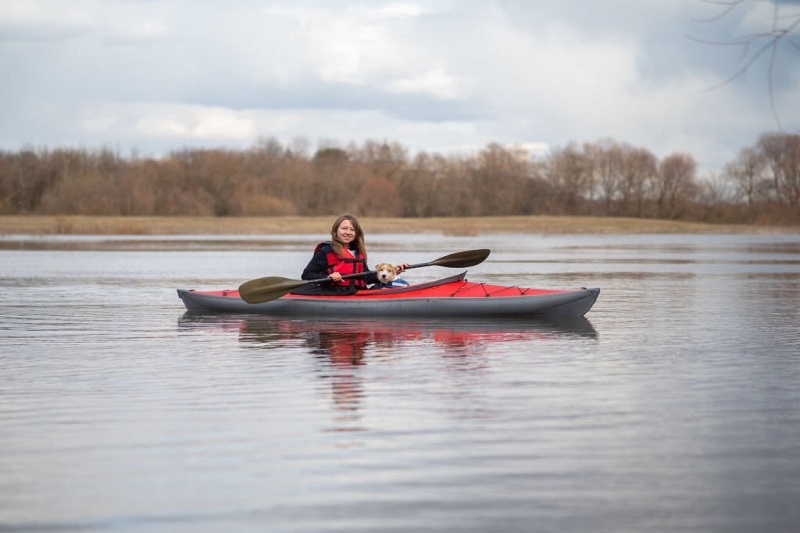If you're an outdoor enthusiast, there's a good chance you've considered the idea of kayaking at some point. The thrill of paddling through the water, exploring hidden coves and coastlines, and taking in the beauty of nature from a new perspective – it's an adventure that's hard to resist. But what if you don't have the space or budget for a traditional hard-shell kayak? Enter inflatable kayaks! These portable watercrafts have come a long way over the years, and they offer a fantastic solution for those looking to embark on a kayaking adventure without the hassle of storage and transportation. In this article, we'll dive into the world of inflatable kayaks, exploring their portability, durability, performance, safety, and stability – everything you need to know to make an informed decision and get out on the water.

Portability and Convenience
One of the main advantages of inflatable kayaks is their portability. These lightweight watercrafts can be easily deflated and packed away in a carrying bag, making them ideal for those with limited storage space or who want to take their kayak on the go. Some key points about the portability and convenience of inflatable kayaks include:
Easy transportation:
Inflatable kayaks can be packed into a compact carrying bag or backpack, allowing you to bring your kayak with you on your adventures without the need for a roof rack or trailer.
Quick setup and breakdown:
Most inflatable kayaks can be inflated and ready to use in just a few minutes, and deflated just as quickly after your paddling session.
Limited storage space required:
When deflated, an inflatable kayak can be stored in a closet, garage, or even the trunk of your car, making them perfect for apartment dwellers or those with limited storage space.
Durability and Performance
While some may question the durability of an inflatable kayak compared to traditional hard-shell models, modern inflatable kayaks are designed to withstand the rigors of paddling. Here are some key points about their durability and performance:
Heavy-duty materials:
Inflatable kayaks are typically made from rugged materials like PVC, Hypalon, or Nitrylon, which are resistant to punctures, abrasions, and UV damage.
Multiple air chambers:
Inflatable kayaks feature multiple air chambers, which means that if one chamber were to become punctured, the remaining chambers would keep the kayak afloat.
Performance on the water:
While inflatable kayaks may not offer the same speed and tracking as hard-shell kayaks, their performance is still impressive, and they're suitable for a variety of water conditions, from calm lakes to moderate whitewater.

Safety and Stability
Safety should always be a top priority when engaging in any water activity, and inflatable kayaks are no exception. These kayaks offer exceptional stability, making them a great choice for beginner paddlers or those with concerns about tipping over. Some key points about the safety and stability of inflatable kayaks include:
Wide, stable design:
Inflatable kayaks tend to have a wider, more stable base than hard-shell kayaks, making them less likely to capsize.
High weight capacity:
Many inflatable kayaks have a higher weight capacity than their hard-shell counterparts, allowing for more gear or passengers.
Increased visibility:
Inflatable kayaks often come in bright colors, making them more visible to other boaters and increasing safety on the water.
Conclusion
Inflatable kayaks offer a fantastic solution for those who want to experience the thrill of paddling without the hassle of storing and transporting a traditional hard-shell kayak. With their portability, durability, performance, safety, and stability, inflatable kayaks are an excellent choice for both novice and experienced paddlers alike. So, if you're ready to embark on a kayaking adventure without the constraints of a hard-shell kayak, it's time to give an inflatable kayak a try. Happy paddling!











No comments:
Post a Comment